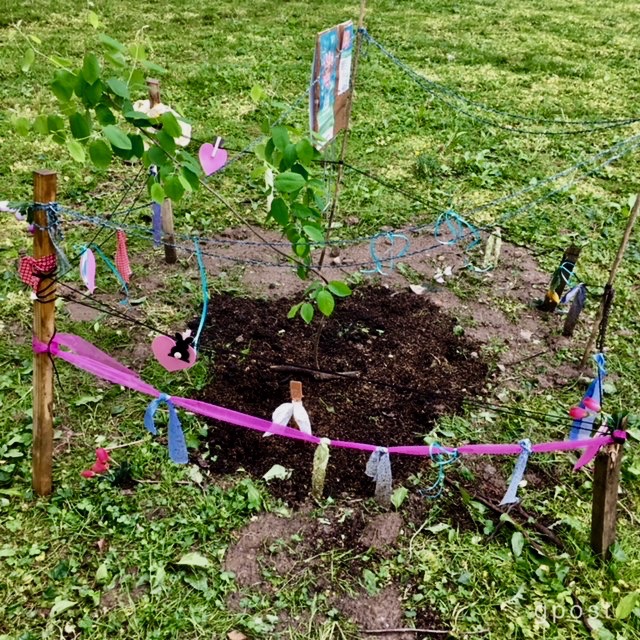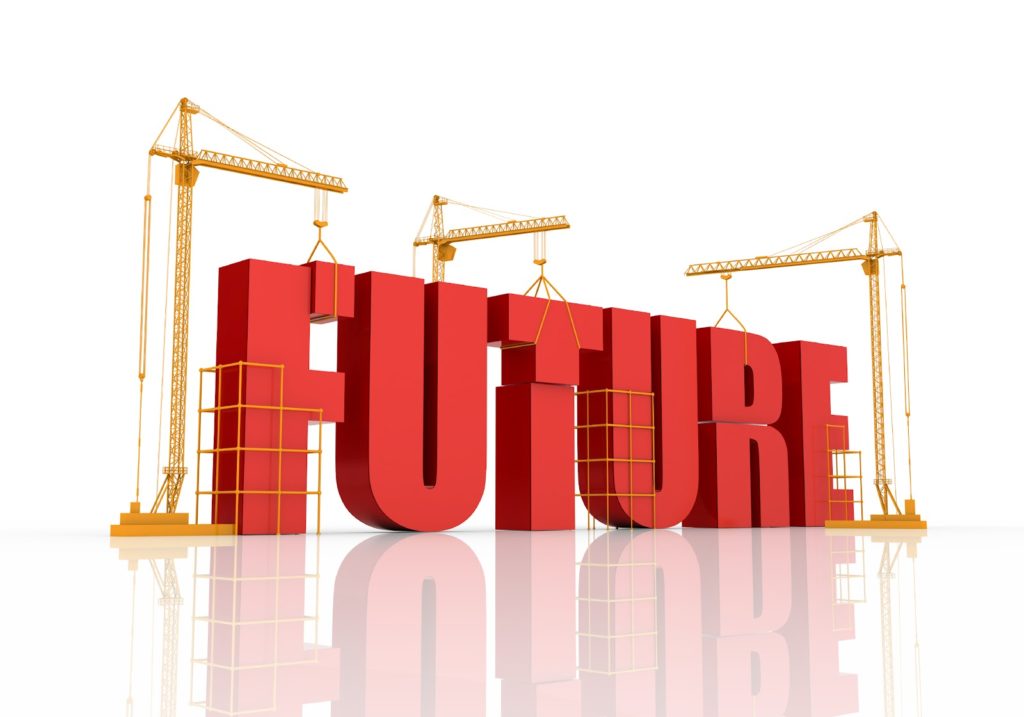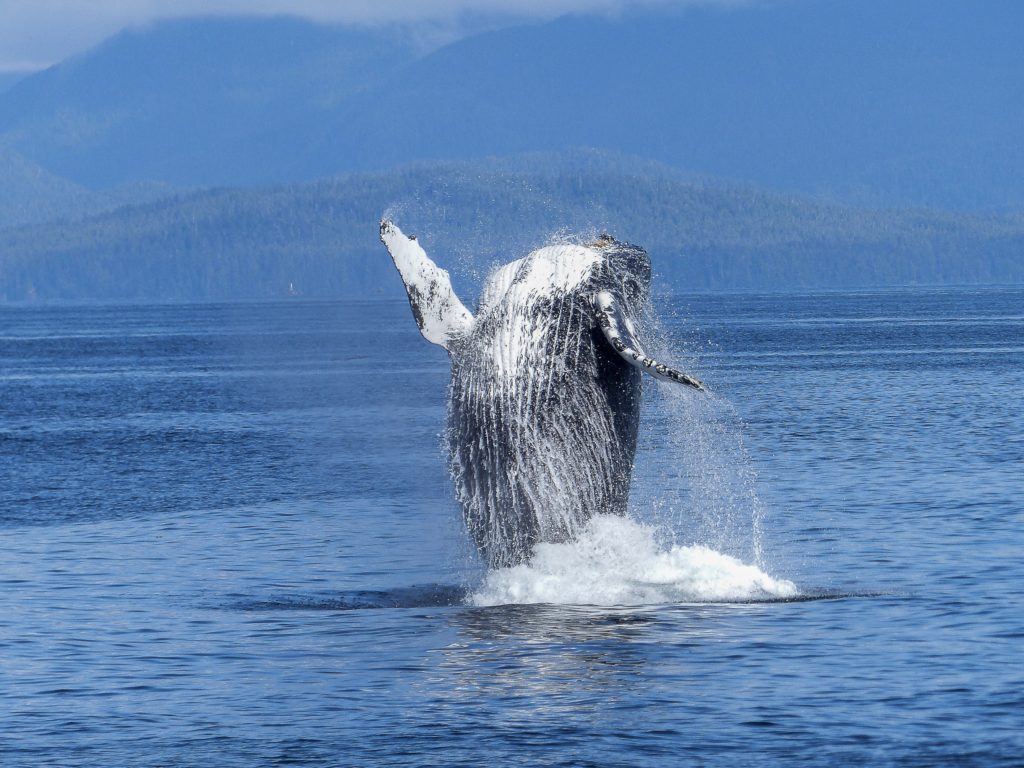
Hello everyone. I’m mostly holding up and hope this finds you holding up too.
Recent weeks, but particularly this past one, have been like being in a foreign country while never entirely leaving the familiarity of home. I wonder if it’s been feeling disjointed like this to you.
When travel takes you to an entirely new place, you notice small differences that would normally escape your attention if you were still back home, things like the music that’s playing in the background, the odd rooflines you’re passing on the bus, or the kinds of shoes that people are wearing. With big things like a new language or culture telling you how far you’ve traveled, you can end up paying closer attention to the smaller differences too.
In an essay he wrote after bringing some of his American students to Ireland for the first time, Liam Heneghan noticed the power that tourists often bring to their observations.
A tourist generally has an eye for the things that, through repetitive familiarity, have become almost invisible to the resident… A tourist can [recognize] … the delicious strangeness of mundane things.
This past week, I’ve felt like a tourist in my suddenly strange country.
Of course, the larger changes and contrasts that shouted “Something new is afoot!” have been apparent for awhile now: how things have gotten quieter and slower, and how the promise of spring keeps contradicting the darker messengers on the news every day. But this kind of quiet and slow, when nearly everything but the march of nature has ground to a halt has, in its novelty, caused me to notice things that I either missed or took for granted as a local before. This week, it’s been surprisingly consoling and enabling to see my home country through a tourist’s wide eyes.
The first way that home had changed is how quiet the city has become. Tires skimming the streets, honking horns, helicopters over Route 1 and I-76, jets streaming towards the airport, sidewalk conversations, pedestrians on their phones, radio sounds—rap, R&B and talk shows mostly, delivery trucks, cars parking, home repairs, street repairs, neighbors coming and going, shouts from the high school’s baseball diamond, a track team running by, that ice cream truck beckoning 3d graders with its annoying song: these sounds that John Cage called the music of a city are no longer being offered in a continuous live stream, if they’re being offered up at all. Even the hourly bells from Penn Charter nearby have gone strangely quiet.
The sounds that survive are now framed by something like silence, as if puffs of snow had blanketed everything around them. For sure, it makes the sirens on rescue vehicles stand out even more, but it also delivers other bells, from that church in Germantown for example, the way they might have told an older city that it’s the middle of the day. Because kids are home from school, their laughing and talking excitedly gains my attention whenever it erupts. If I’m outside and close enough, I can hear the green light at the intersection of Fox and Midvale click. And like fleeing the urban glow can reveal the stars in a sky that’s suddenly gone dark, the bird songs and conversations have also leapt to the fore.
At the same time that we’re learning about essential and non-essential work, maybe the bells ringing, kids chirping, and birds singing are the essential sounds that were getting lost in the shuffle before.
The second way that my home has changed is how it’s turned in on itself. What’s most familiar to me (my routines and “home-work”) have had to turn their backs, even more than usual, on everything that’s happening “outside.” It seems to me that you can view “sheltering in place” as either being banished from the wider world and losing what it has to offer or as finding a refuge and gaining something you didn’t have before. When the public world becomes a threatening reality, it almost invites you to see whether your private world can provide new sources of comfort: balms and salves that might always have been there but that you’d failed to notice.
I’d recently read that the best workshop (or kitchen or closet) is the one where you can see everything that you need to fix (or cook or wear). The advice was less Marie Kondo and more Yankee practicality, arguing that nothing that you need should ever be buried behind something else and effectively “unavailable.” In other words, the necessary tools and ingredients should always be visible and within easy reach so that they’re “on hand” when you’re ready for them.
Being a tourist in today’s strangeness has enabled me to see the necessities that had been buried in clutter until now and to identify the gaps in needed supplies that I still have to fill. With fresh eyes, I’ve been enabling a kind of preparedness when it comes to day-to-day living whose beauty had escaped me until now and (ironically) that also seems to have escaped many of our leaders as we face a respiratory pandemic without enough ventilators, protective equipment, test kits, hospital beds or medical staff “on hand” while being awash in almost everything that’s non-essential.
The sudden contrast between my public and private worlds has fostered another tourist-like appreciation too. The daily horror of a virus approaching from all directions along with our near helplessness to fend it off puts into bold relief the promise of spring that’s unfolding without any human assistance at all. With different eyes, daily miracles in the trees and on the ground that used to go unnoticed provide me with a deeper hope than even the acts of selfless heroes that life (although not as we’ve known it) will go on.
When the old, familiar world tries to return and the strangeness of the present one recedes, there will be blame enough for this to go around. The question, I suppose, is whether we all bear some of that responsibility and should get on to something that’s far more useful than finger pointing—starting right now.
As we shelter-in-place and social distance, there is another discrepancy between our old and new worlds that provides the ground for those insights. It is how much the familiar world that we used to know has slowed itself down.
There is nowhere to rush to in coming weeks and months; in a very real sense, many of us are already there. Aside from emergency medical and safety net workers, most of us have less paying work if we have any at all, which gives the days a molasses-like quality, concentrating and reserving some of our energy for later on, when it will be sorely needed to rebuild. Even with kids home from school and close quarters, we can still bring the curiosity of tourists to the slow task of contemplating how we’ll need to change our priorities if we’re to thrive and prosper in the next world.
There are easy fixes, like resolving to pay more for local workers (instead of factories overseas) to make essential supplies and then stockpiling these critical reserves. But there are more basic questions about what is, or should be, essential. If China, where the virus started, in fact suffers ten thousand deaths from this plague and America suffers a hundred or two hundred thousand, what does that say about our priorities and way of life and how we might change them going forward? In a democracy like ours, in all democracies, it is for us to decide on what we need most and how our free markets, awesome technologies and representative governments should manage our scarce resources to meet those needs.
Like foreign travel, a shared calamity like this one makes us curious about all manner of things we never seemed to notice when we trusted the familiarity of our old lives and work. Like travel, this virus and our responses to it have torn the blanket off, revealing facets of the ordinary we may have taken for granted while also forcing basic questions about how to move forward more effectively given the lessons we’re learning.
Because we’ve noticed the life force and inventiveness that some of our governors, nearly all of our essential workers, and many DIY by-standers have brought to this calamity, it’s only fair to ask whether we can find ways to harness their extraordinary energies to the energy we’ve been storing so we can build a society that can do a better job of sustaining us than the familiar one we’ve been seeing these last few weeks with different eyes?
Do we have, in Heneghan’s memorable phrase, enough of the tourist’s “other wonder” to imagine and then build a new world on this energetic foundation now that some of the fatal flaws of the world we’re leaving behind have been exposed?
Other-wonder may be this calamity’s greatest gift. It would be a terrible shame to waste it whenever it arises during these suddenly quiet and slow days that—like the newly planted tree above—promise each of us so much.
Stay safe and in the game. I’ll see you next Sunday.
Now into the second month of this coronavirus, I’ve kept the weekly newsletter format here (from my April 5, 2020 newsletter) instead of adapting it for this post. Newsletters are delivered to subscribers’ in-boxes every Sunday morning and the contents of some of them later appear here. If you’d like to receive a weekly newsletter, you can subscribe by leaving your email address in the column to the right.



